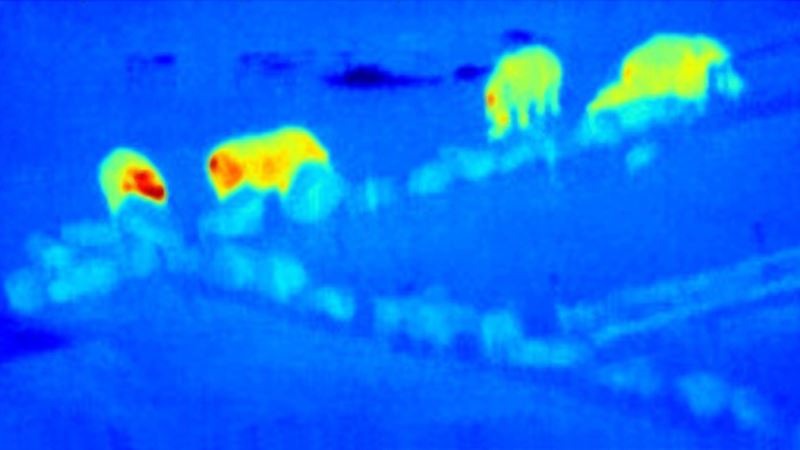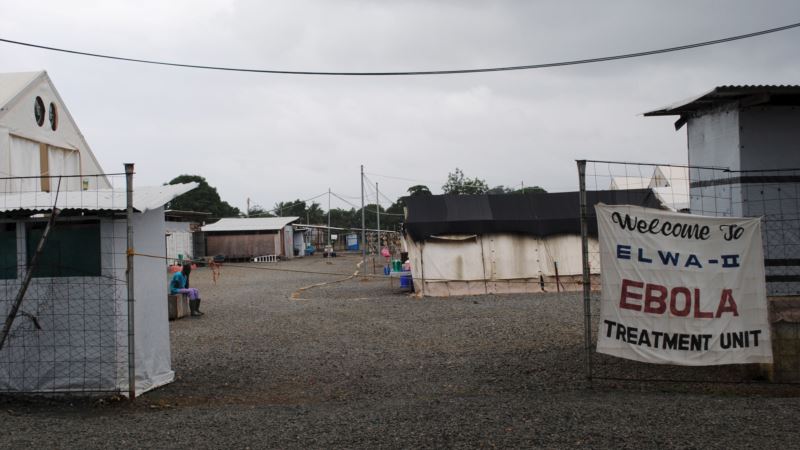One of the most valuable weapons in the fight to protect endangered species in the wild is the drone, which allows conservationists to monitor the distribution and density of herds, especially in areas hard to reach by car or foot. But these airborne cameras are useful only during daylight hours, so can't document animals that are active at night… or poachers trying to avoid detection. Now, technology used to analyze astronomical images — infrared imaging — is being redirected to focus on the earth. Astrophysicist Steven Longmore notes that space scientists have been using thermal cameras for many decades. "Crucially, it turns out the techniques we've developed to find and characterize the faintest objects in the universe are exactly those needed to find and identify objects in thermal images taken with drones," he said. In this video demonstration of drone and thermal camera research from LJMU, the software has identified humans in the field from their heat signatures. Longmore led a team from Liverpool John Moores University to refine that process, which until now required researchers to review the videos carefully. The team used free software of astronomical source detection and applied it to the detection of humans and different species of animals in infrared images from drones. Each species has a different heat profile that acts as what Longmore calls a 'thermal fingerprint'. He hopes to build a library of those fingerprints to help future conservation efforts. The study, done in cooperation with the Institute of Astrophysics of the Canary Islands, is published in the International Journal of Remote Sensing.
Techniques to Find Distant Stars Help Save Endangered Species






